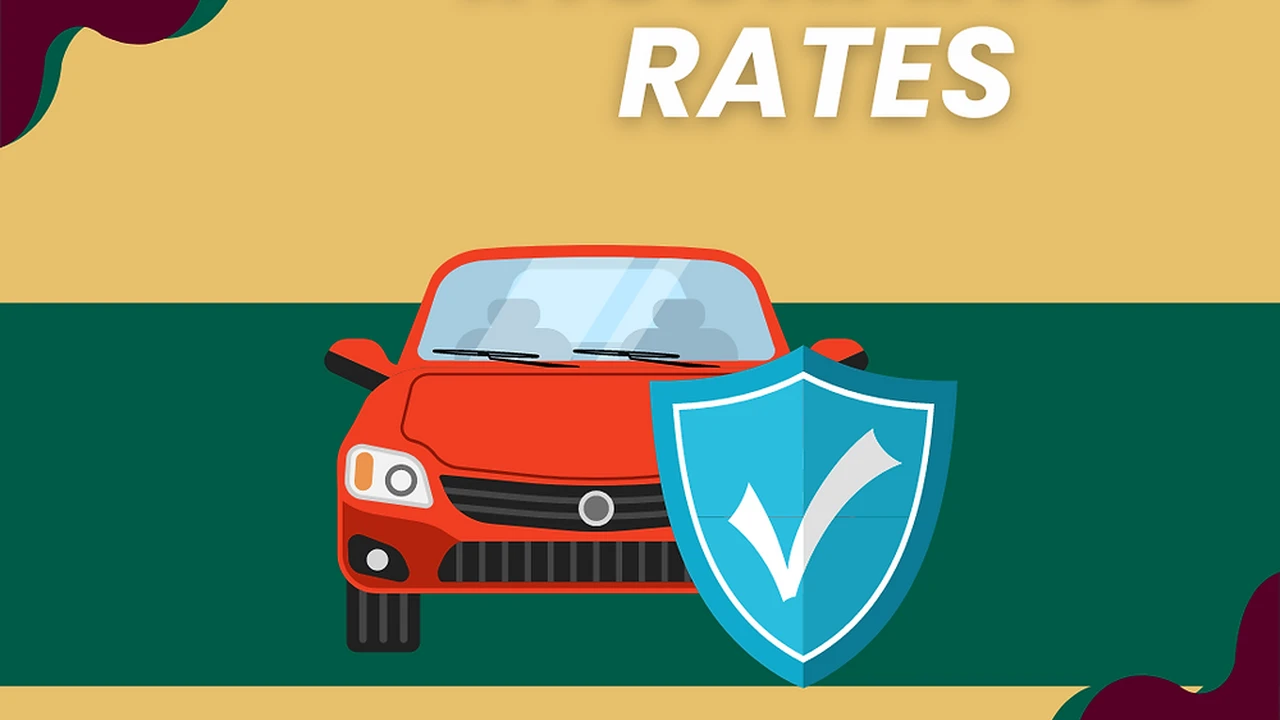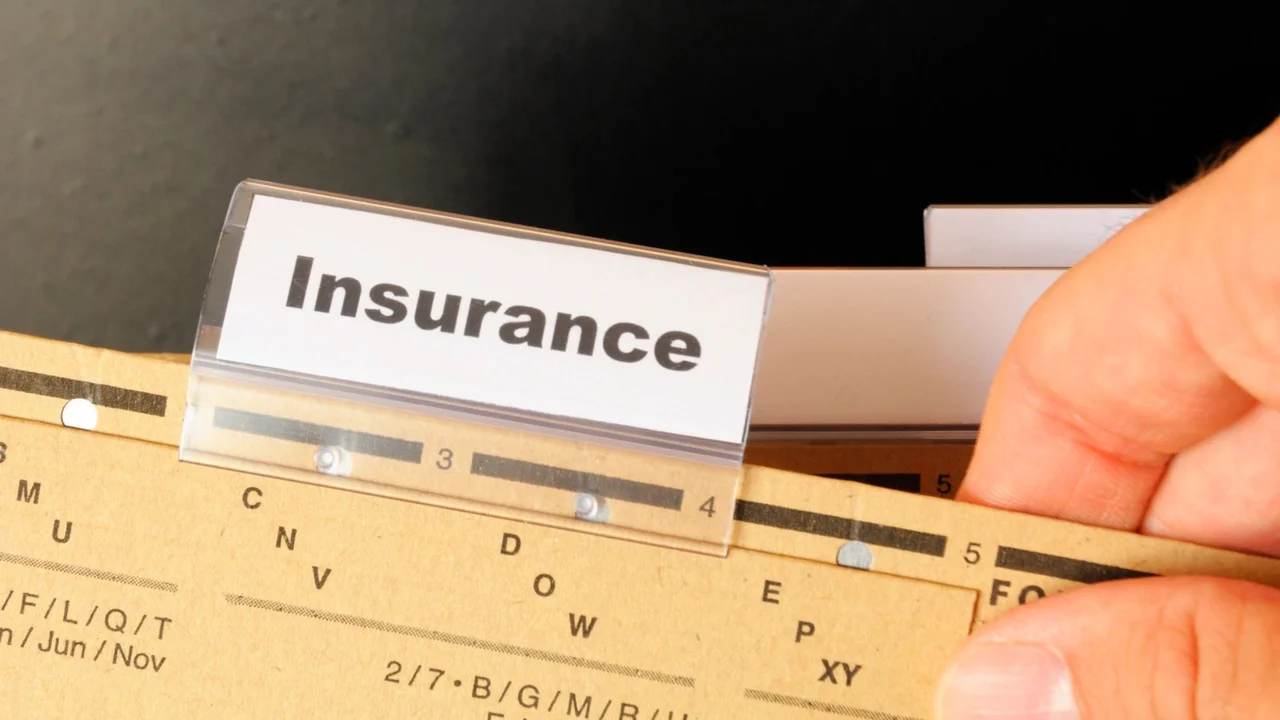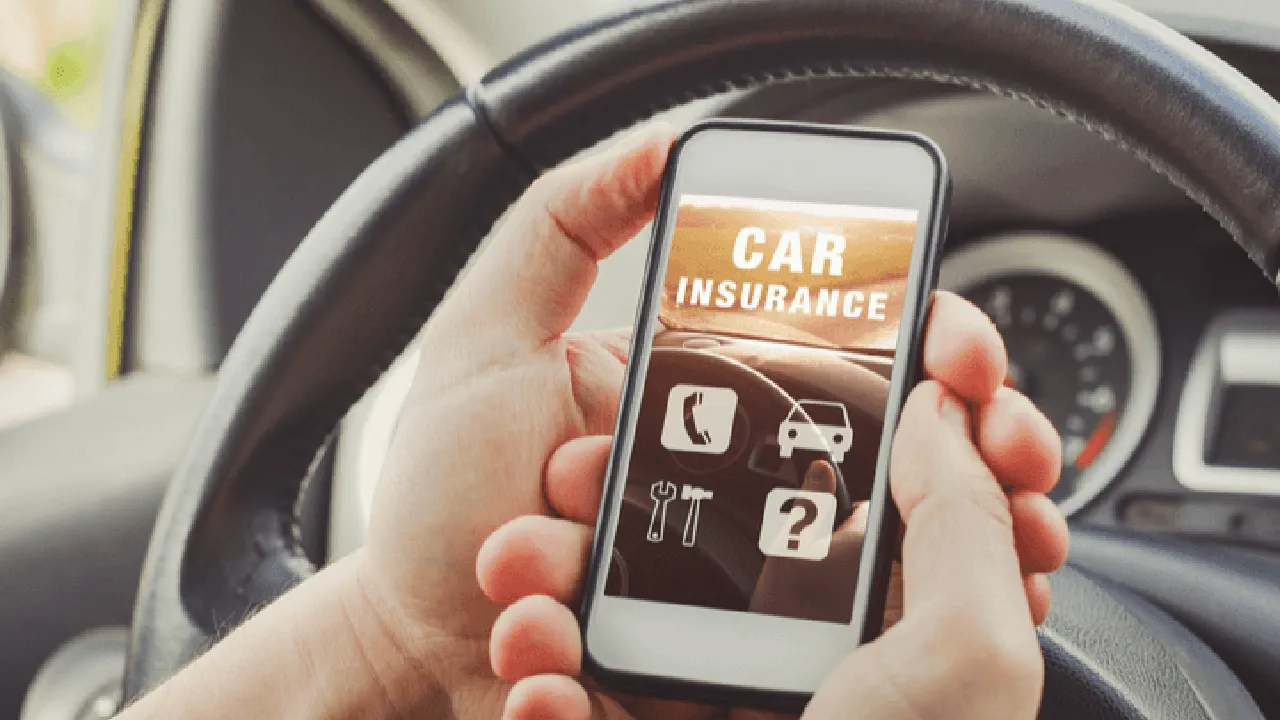Choosing the Right Car for Lower Insurance Rates

Understanding How Car Choice Impacts Insurance Rates
So, you're looking to save some dough on car insurance, huh? Smart move! One of the biggest factors that insurance companies look at is the type of car you drive. It's not just about how *you* drive; it's about the car itself. Think about it: some cars are statistically more likely to be involved in accidents, or are more expensive to repair if something goes wrong. Let's dive into why this matters.
Factors Insurance Companies Consider: Safety, Repair Costs, and Theft Rates
Insurance companies are all about risk assessment. They're trying to figure out how likely you are to file a claim. Here's a breakdown of the key factors they consider when it comes to your car:
- Safety Features: Cars with advanced safety features, like automatic emergency braking, lane departure warning, and blind-spot monitoring, are generally cheaper to insure. Why? Because these features help prevent accidents.
- Repair Costs: Some cars are just plain expensive to fix. Luxury vehicles and cars with complex technology often have higher labor costs and pricier parts. A simple fender bender could cost a fortune to repair.
- Theft Rates: Certain car models are more attractive to thieves than others. If your car is on the "most stolen" list, you can bet your insurance rates will be higher.
- Engine Size and Horsepower: Sporty cars with powerful engines tend to be driven more aggressively, leading to a higher risk of accidents. Insurance companies take note of this.
- Vehicle Age: Older cars might seem cheaper to insure, but that's not always the case. They often lack modern safety features and can be more prone to breakdowns, leading to claims.
Top Car Choices for Lower Insurance Premiums: Safe, Reliable, and Affordable
Okay, so what kind of car should you be looking for? Generally, you want something that's safe, reliable, and affordable to repair. Here are a few examples (and remember, prices can vary depending on location and features):
- Subaru Impreza: Known for its standard all-wheel drive and excellent safety ratings. A new Impreza typically starts around $20,000. The all-wheel drive makes it great for snowy conditions, reducing the risk of accidents. Its robust build also leads to lower repair costs in minor collisions.
- Honda CR-V: A popular SUV with a reputation for reliability and good fuel economy. Expect to pay around $28,000 for a new model. The CR-V's spacious interior is perfect for families, and its safety features make it a smart choice for parents. Plus, Honda parts are generally readily available and affordable.
- Toyota Corolla: A classic choice for a reason. It's reliable, fuel-efficient, and relatively inexpensive to maintain. You can find a new Corolla for around $21,000. The Corolla is ideal for daily commutes. Its high fuel efficiency saves money on gas, and its reliability minimizes unexpected repair costs.
- Mazda3: Offers a sporty driving experience with excellent safety features. Prices start around $22,000. The Mazda3 provides a balance of fun and practicality. Its advanced safety technologies help prevent accidents, leading to lower insurance premiums.
- Hyundai Elantra: A stylish and affordable sedan with a good warranty. Expect to pay around $20,500 for a new Elantra. The Elantra is great for budget-conscious buyers. Its long warranty provides peace of mind, and its modern features make it a comfortable and safe ride.
Product Recommendations: Dash Cams, Anti-Theft Devices, and Safe Driving Apps
Besides the car itself, you can also invest in products that can lower your insurance rates or protect your vehicle:
- Dash Cams: A dash cam records video footage of your driving. This can be invaluable in the event of an accident, providing evidence to prove your innocence and potentially lower your insurance rates.
- Vantrue N4 Pro: A popular choice with front, rear, and interior recording. Costs around $250. Ideal for ride-sharing drivers or anyone who wants comprehensive coverage. Its high-resolution cameras capture clear video in all lighting conditions.
- Garmin Dash Cam Mini 2: A compact and discreet option. Costs around $130. Perfect for drivers who want a simple and unobtrusive dash cam. Its small size makes it easy to install and conceal.
- Anti-Theft Devices: Protect your car from theft and potentially lower your insurance premiums.
- LoJack: A GPS-based tracking system that helps police recover stolen vehicles. Installation costs around $700-$1000. LoJack is best for high-value vehicles or those parked in areas with high theft rates. Its real-time tracking capabilities significantly increase the chances of recovery.
- Club Steering Wheel Lock: A simple and affordable deterrent. Costs around $30. A good option for older cars or those parked in high-crime areas. While not foolproof, it makes it more difficult for thieves to steal your car.
- Safe Driving Apps: Some insurance companies offer discounts for using safe driving apps that track your driving habits.
- Progressive Snapshot: Tracks your driving habits and offers discounts for safe drivers. Participation is voluntary, and you can potentially save hundreds of dollars per year.
- State Farm Drive Safe & Save: Similar to Progressive Snapshot, this app monitors your driving and rewards safe behavior with lower premiums.
Comparing Different Car Insurance Products: Usage-Based Insurance vs Traditional Policies
Let's talk about different insurance products. You've got your traditional policies, and then you've got these newer usage-based insurance (UBI) options. What's the deal?
Traditional Policies: These are your standard policies that base your rate on factors like your age, driving record, and the car you drive (as we've discussed!). It's a one-size-fits-all (sort of) approach.
Usage-Based Insurance (UBI): This is where things get interesting. UBI, like Progressive Snapshot or State Farm Drive Safe & Save, uses a device (or an app on your phone) to track your driving habits. Things like hard braking, speeding, and nighttime driving are all monitored. If you're a safe driver, you could see significant discounts. But be warned, if you're a lead-foot, your rates could actually go up!
Here's a quick comparison:
| Feature | Traditional Policy | Usage-Based Insurance (UBI) |
|---|---|---|
| Rate Determination | Based on demographics and car characteristics | Based on actual driving behavior |
| Potential Savings | Limited, based on discounts for safety features | Significant, for safe drivers |
| Potential Increase | Unlikely, unless you have accidents or tickets | Possible, for unsafe driving habits |
| Privacy Concerns | Minimal | Higher, due to data tracking |
| Best For | Drivers with limited driving history or those who prefer a predictable rate | Safe drivers who are comfortable with data tracking |
Understanding Car Insurance Costs: Factors Beyond the Car
Okay, so we've hammered home the point that your car choice matters. But it's not the *only* thing that affects your insurance rates. Let's look at some other key factors:
- Your Driving Record: This is a big one. Accidents, tickets, and DUIs will all send your rates soaring. Keep a clean record!
- Your Age and Gender: Statistically, younger drivers (especially males) are more likely to be involved in accidents. As you age, your rates tend to decrease.
- Your Location: If you live in an area with high crime rates or frequent accidents, your insurance will likely be higher.
- Your Coverage Limits: The more coverage you have, the more you'll pay. Liability coverage, collision coverage, comprehensive coverage... it all adds up.
- Your Deductible: The amount you pay out-of-pocket before your insurance kicks in. A higher deductible means lower premiums, but you'll have to pay more if you have an accident.
- Your Credit Score: In many states, insurance companies can use your credit score to determine your rates. A good credit score can mean lower premiums.
Negotiating Lower Insurance Rates: Tips and Tricks to Save Money
Alright, you've chosen a safe car, installed a dash cam, and you're driving like a saint. What else can you do to lower your insurance rates? Here are a few tips:
- Shop Around: Get quotes from multiple insurance companies. Prices can vary significantly.
- Bundle Your Insurance: If you have homeowners or renters insurance, consider bundling it with your car insurance. You can often get a discount.
- Increase Your Deductible: If you're comfortable paying more out-of-pocket in the event of an accident, raise your deductible.
- Ask About Discounts: Many insurance companies offer discounts for things like being a student, being a member of certain organizations, or having anti-theft devices.
- Improve Your Credit Score: Work on improving your credit score to qualify for lower rates.
- Review Your Policy Regularly: Make sure you're not paying for coverage you don't need. For example, if you have an older car, you might not need collision coverage.
Specific Car Recommendations and Pricing: Entry-Level to Mid-Range Options
Let's get even more specific with car recommendations and pricing (remember, these are estimates and can vary):
- Entry-Level (Under $25,000):
- Nissan Versa: A very affordable option with decent fuel economy. Starting around $16,000. Great for first-time car buyers or those on a tight budget.
- Kia Rio: Another budget-friendly choice with a good warranty. Starting around $17,000. Offers a surprising amount of features for its price.
- Mitsubishi Mirage: The most affordable new car on the market. Starting around $15,000. Perfect for city driving and fuel efficiency.
- Mid-Range ($25,000 - $35,000):
- Subaru Forester: A versatile SUV with standard all-wheel drive and excellent safety ratings. Starting around $27,000. Ideal for families and outdoor enthusiasts.
- Toyota RAV4: A popular and reliable SUV with good fuel economy. Starting around $28,000. A great all-around vehicle with plenty of space and features.
- Honda Civic: A sporty and fuel-efficient compact car with a great reputation for reliability. Starting around $24,000. Fun to drive and practical for everyday use.
Real-World Scenarios: How Car Choice Impacted Insurance Costs
Let's look at some real-world examples to illustrate how car choice can affect insurance costs:
- Scenario 1: Sarah, a 22-year-old new driver, buys a used sports car. Her insurance rates are incredibly high due to her age, inexperience, and the type of car she chose. She ends up paying over $300 per month for insurance.
- Scenario 2: John, a 35-year-old with a clean driving record, buys a new Subaru Impreza. His insurance rates are relatively low due to the car's safety features and his good driving record. He pays around $100 per month for insurance.
- Scenario 3: Maria, a 50-year-old with a minor accident on her record, trades in her luxury sedan for a Toyota Corolla. Her insurance rates decrease significantly due to the Corolla's lower repair costs and better safety ratings. She saves around $50 per month on insurance.
Future Trends in Car Insurance: Autonomous Vehicles and Electric Cars
The automotive industry is changing rapidly, with the rise of autonomous vehicles and electric cars. These trends will undoubtedly impact car insurance in the future.
- Autonomous Vehicles: As cars become more autonomous, the risk of accidents may decrease, potentially leading to lower insurance rates. However, there will also be new challenges, such as determining liability in the event of an accident involving a self-driving car.
- Electric Cars: Electric cars are generally more expensive to repair than gasoline-powered cars, which could lead to higher insurance rates. However, they also tend to have more advanced safety features, which could offset the higher repair costs.
Ultimately, choosing the right car for lower insurance rates is about finding a balance between your needs, your budget, and your risk tolerance. Do your research, compare quotes, and drive safely!
:max_bytes(150000):strip_icc()/277019-baked-pork-chops-with-cream-of-mushroom-soup-DDMFS-beauty-4x3-BG-7505-5762b731cf30447d9cbbbbbf387beafa.jpg)






